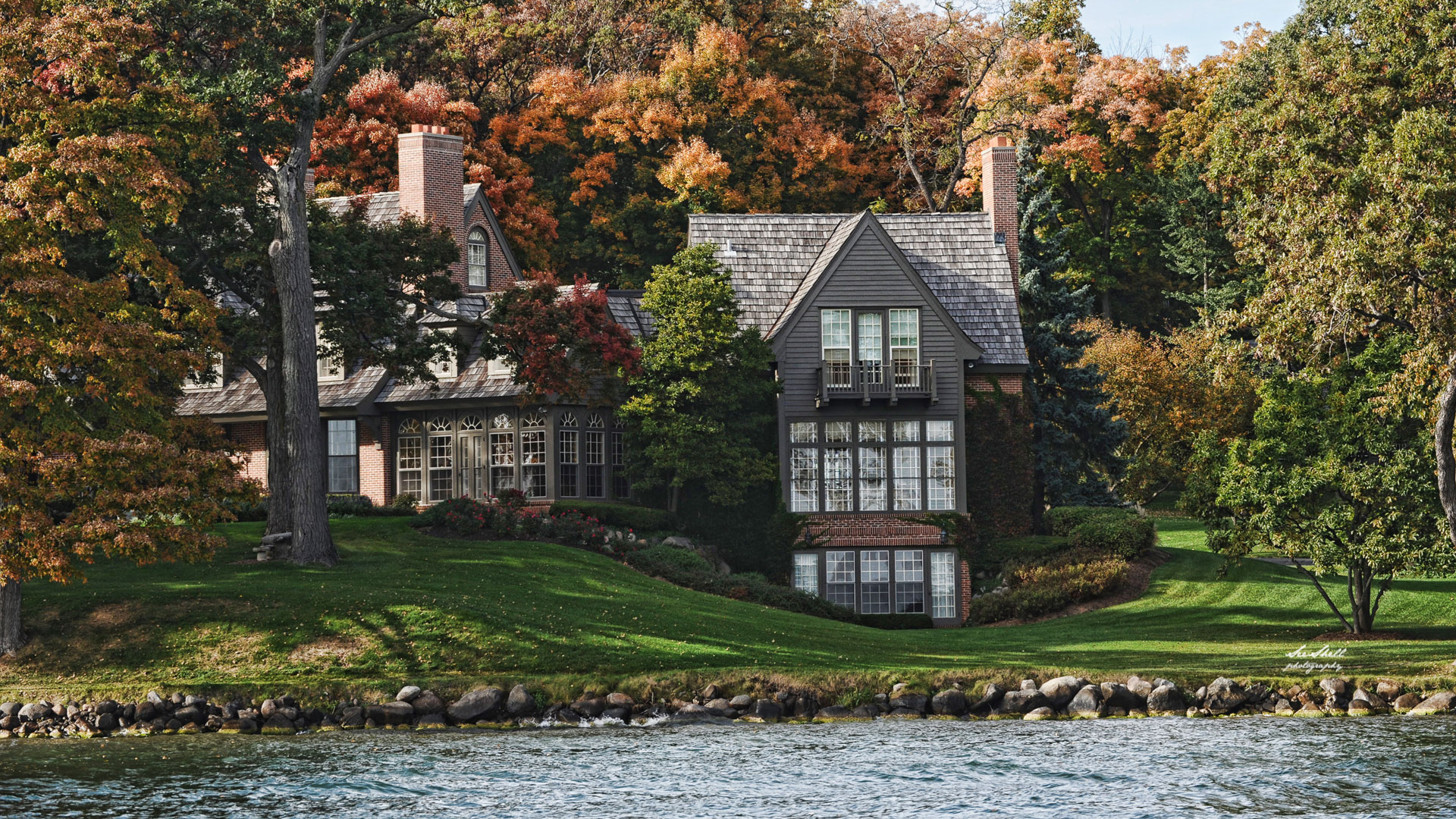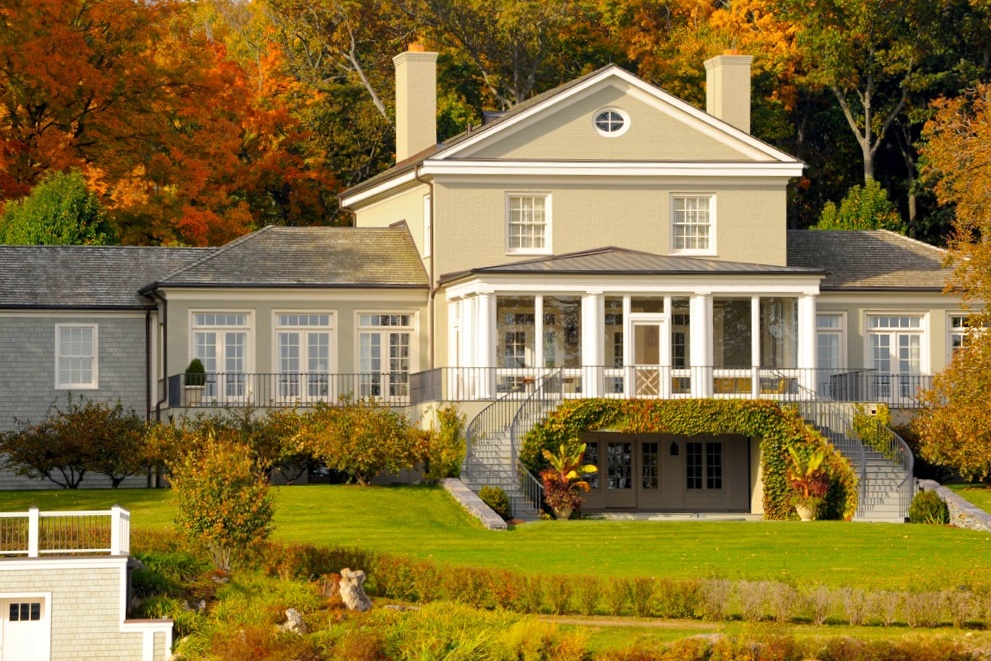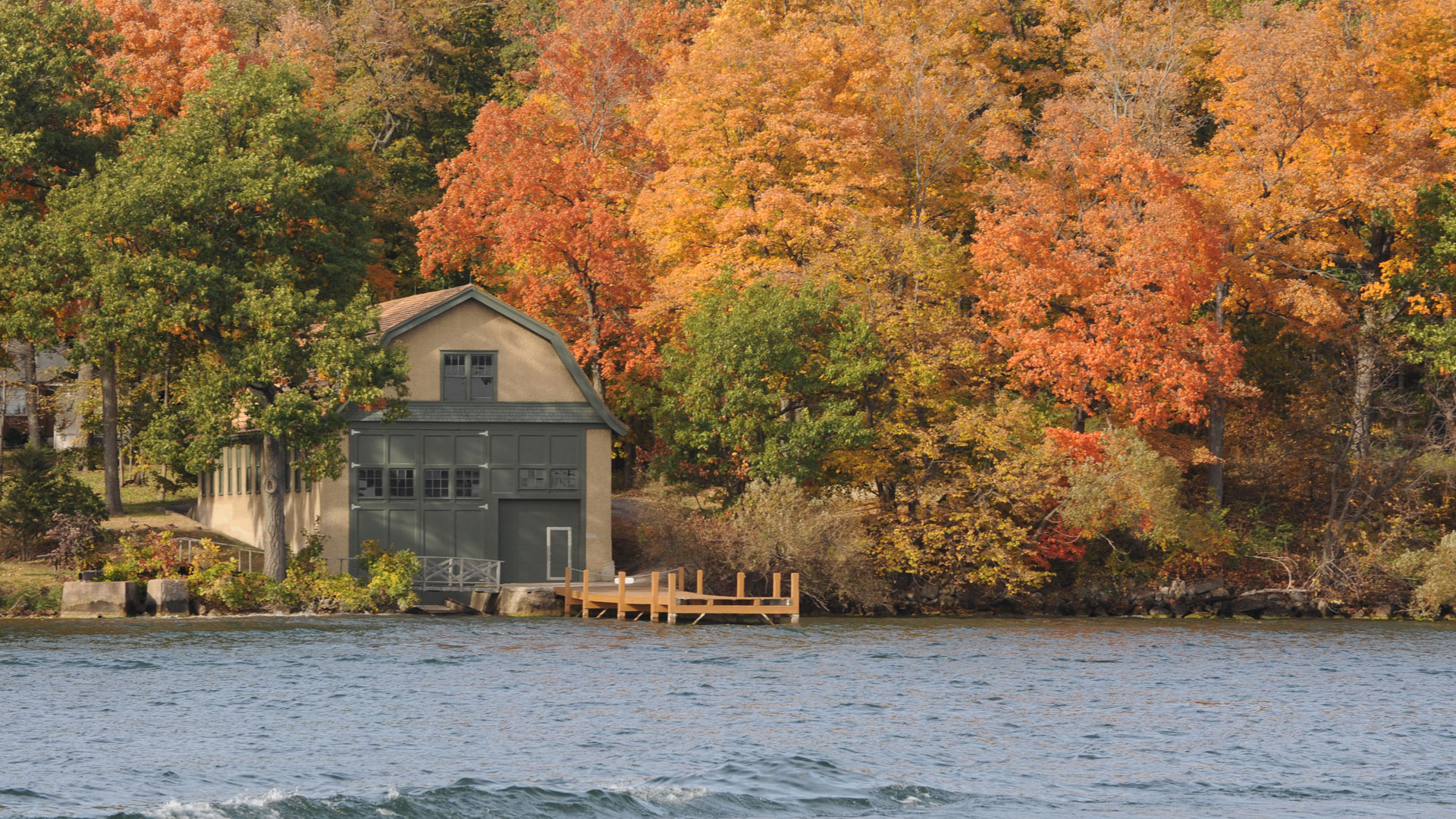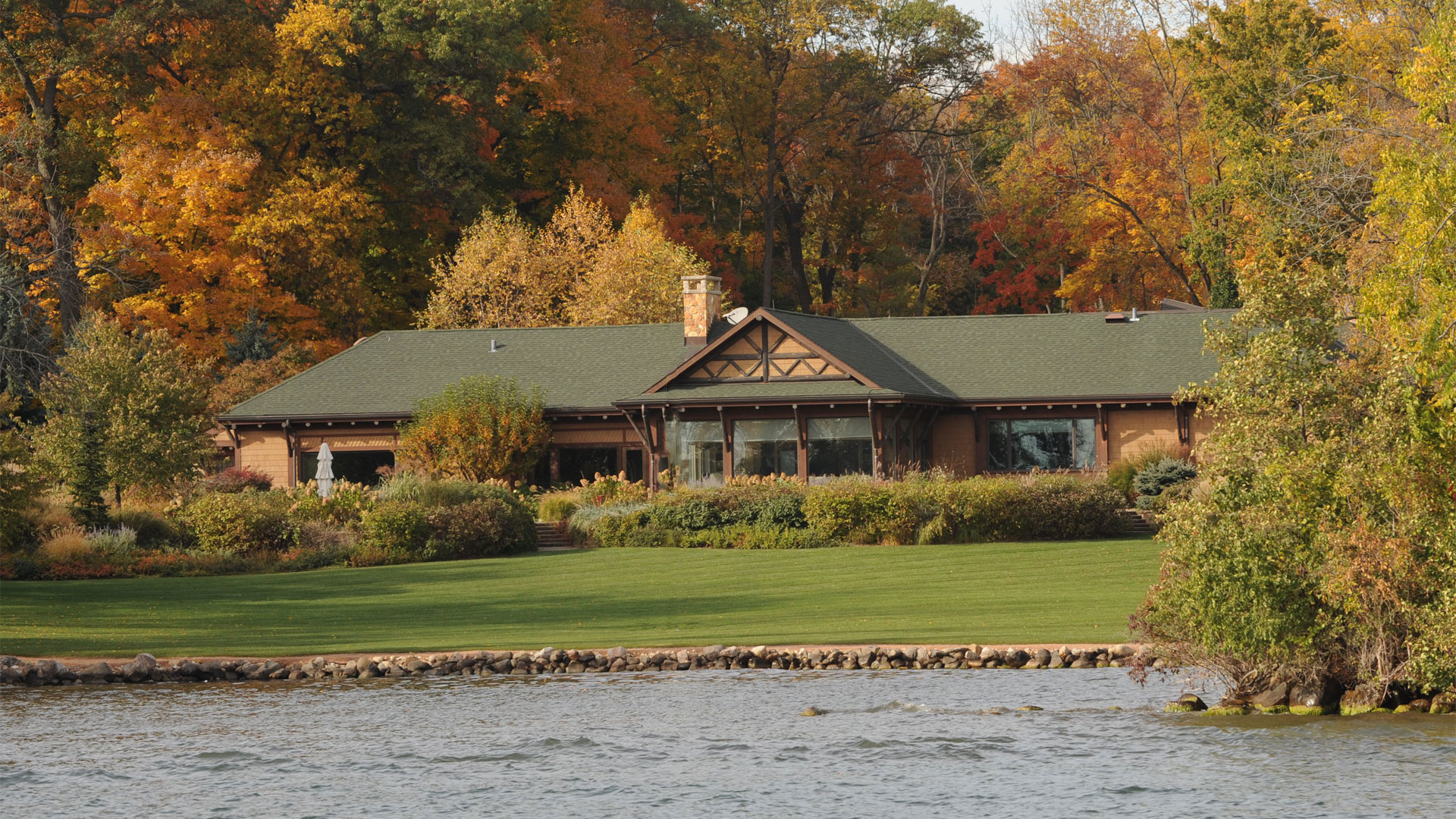Wrigley Estates
If you stroll the streets of Lake Geneva you will regularly observe tourists pointing toward Stone Manor and referring to it as the Wrigley Mansion. Despite what you might have heard…The Wrigley Mansion is not the big Stone Estate located on the Northeast shore of Geneva Bay. In all reality, there really is no Wrigley Mansion.
The Wrigley Estate is a collection of 6 properties that claim the most lake frontage on Lake Geneva. Under William and P.K. Wrigley, the family built one of the most famous fortunes in the country. At the time of his death in 1977, P.K. Wrigley’s fortune included the Wrigley Chewing Gum Company, The Chicago Cubs, Wrigley Field, The Wrigley Building in downtown Chicago, significant real estate holdings in downtown Phoenix, Arizona and most of Catalina Island off the coast of Southern California.
Northwoodside
The first home on the Wrigley Estate was built in 1876 for Henry Strong. Known as General Strong, he was the President of Santa Fe Railroad. Rumor has it that General Strong suffered from a respiratory condition and before he had this home built, he pitched a tent at several locations around the lake, hoping to find the coolest spot.
In later years, Northwoodside was owned by O.N. Tevander. Mr. Tevander is credited with many inventions, including the sanitary milk bottle cap, the small cardboard disc stamped atop of old glass milk bottles. It is said that this simple invention enabled Mr. Tevander to become a multimillionaire and retire here at the age of 26.
In the 1970’s, Northwoodside was purchased by Mr. & Mrs. Phillip Wrigley to prevent the property from being subdivided and developed. It is still owned by extended members of the Wrigley family who have done much to restore the estate. More recently, they built a new home next door, which encompasses a great deal of the original Northwoodside style. The new home is called Shorewood.
Hillcroft
The next property on the Wrigley Estate is called Hillcroft. It began in the 1880’s as a small hunting lodge for architect Henry Lord Gay and was originally called Gay Lynne. From 1927 until 1977, Hillcroft served as P.K. Wrigley’s summertime residence, and later his guesthouse. When it was sold in 1980, the new owner had the original home torn down and built this modern beauty, which incorporates many of the original architectural features.

Green Gables
Green Gables is the next property on the Wrigley estate and was P.K. Wrigley’s main residence at the time of his death in 1977. The current home is not the original Green Gables; the original home dated back to 1892 and was built for the multimillionaire sportsman C.K.G. Billings, for which Billings, Montana was named.
William Wrigley, Jr., the founder of the chewing gum company, purchased Green Gables in 1911. The original home was torn down in 1955 and the new home was completed in 1966. At the time, the home was considered “state of the art”. Everything from the flagpole to the draperies were controlled electrically.
In the years following P.K.’s death, the home changed hands several times. The current owners are longtime residents of the Lake Geneva area and have recently completed a major restoration of the estate.

Boathouses
The Wrigley boathouses are part of the original Green Gables estate and house some of the most famous Lake Geneva Boats. One of the most famous boats stored there is a 1933 Mahogany Hacker Craft. It is 33 feet long and powered by a V-12 Curtis Wright aircraft engine. It is still in excellent condition and can occasionally be seen on Lake Geneva. The one of a kind craft is said to reach speeds in excess of 70 mph.
This famous storage facility was built in 1905 to house 4 steam yachts. This property briefly interrupts the Wrigley Estate shoreline and continues a half mile back with the Wrigley Arabian Horse Farm and Polo-Field. Many of the classic boats that are stored here are on display at the annual Lake Geneva Boat Show.

Wychwood
This is the final home on the Wrigley Estate. It was originally constructed in 1902 for Charles Hutchinson. Mr. Hutchinson was a trustee and treasurer of the University of Chicago and founder of the Art Institute of Chicago. Originally, this was a three-story building with English country influence. Interesting note about this estate is that it was named after the abundance of witch hazel that grew on the 70 acre parcel of land.
During construction, the property was developed as a wild flower and wild life sanctuary. As few trees as possible were disturbed during the building of this property. Following Mr. Hutchinson’s death in 1932, the property was deeded to the University of Chicago to be used as a study and retreat center for 25 years.

In 1957, Wychwood was sold to Clarence Mitchell. Mr. Mitchell had the top floors removed, destroyed much of the sanctuary and modernized the home to its current single story state. He kept the home for little more than a year, before it was purchased by the Wrigley family. Wychwood is still owned by the Wrigley family and has one of the most beautiful lakefront views on Lake Geneva.

